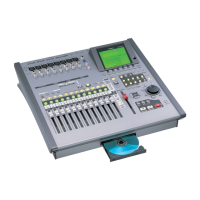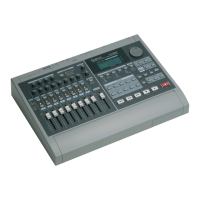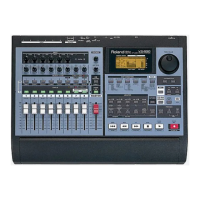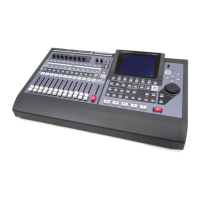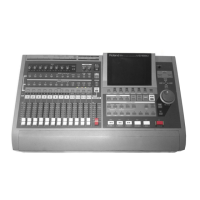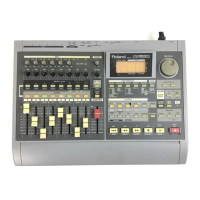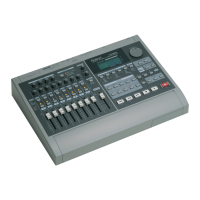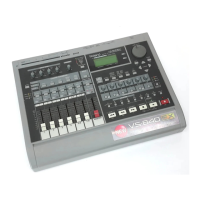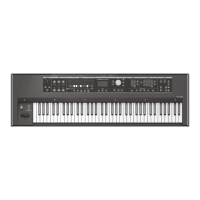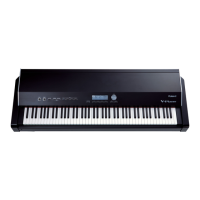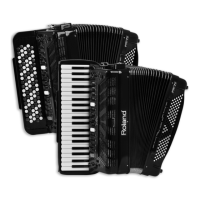11—Input and Track Channel Tools
Roland VS-2000 Owner’s Manual www.RolandUS.com 161
EQ, or “equalization,” allows you to raise or lower the volume of specific sound waves
within a sound, identifying the sound waves by their frequencies. By raising or
lowering the volume of specific frequencies within a sound, you can change its
character, making it brighter or warmer, harsher or sweeter. You can lower the volume
of any frequencies you don’t like in a sound, or make other frequencies louder.
A device that performs equalization is called an “equalizer,” or simply “EQ” for short.
Some equalizers divide up a signal into specific frequency ranges, or “bands,” with a set
of controls assigned to each band. A low band EQ adjusts the levels of bass frequencies,
while a high band EQ operates on the treble content in a signal.
The Basic Mechanics of an Equalizer
All EQs use the same basic devices to do what they do. They all contain a:
•
frequency selector
—that allows you to select the desired frequency range by selecting
the frequency at its center, sometimes called the “center frequency.”
•
gain control
—that lets you turn the selected frequencies up or down in volume.
“Parametric” EQs also offer a Q, or bandwidth, control. This control lets you set the
width of the affected range of frequencies below and above the center frequency.
The EQ Screen Frequency-Based Tools
The EQ screen provides a set of tools with which you can alter the frequency content of
the channel’s signal: a filter and four bands of equalization.
The channel signal flows through the EQ screen from top to bottom in the chart above,
or left-to-right onscreen.
You can find a frequency by turning up the EQ’s gain and sweeping through the
frequency values until you hear what you want. If you’re using a parametric EQ, lower
the Q. Once you’ve found the frequency, set the gain and Q as desired.
Here’s an EQ tip: Set the gain control so that the sound changes the way you want it to,
and then back off a little. This simple trick can really improve your EQ.
This tool: Offers these controls:
Low Band EQ gain control and frequency selector
Lo-Mid Band EQ gain control, frequency selector, Q control
Hi-Mid Band EQ gain control, frequency selector and Q control
High Band EQ gain control and frequency selector
G
F
Q
G
F
G
F
Q
G
F
G=gain control; F=frequency selector
VS2000OMUS.book 161 ページ 2004年10月20日 水曜日 午後3時3分

